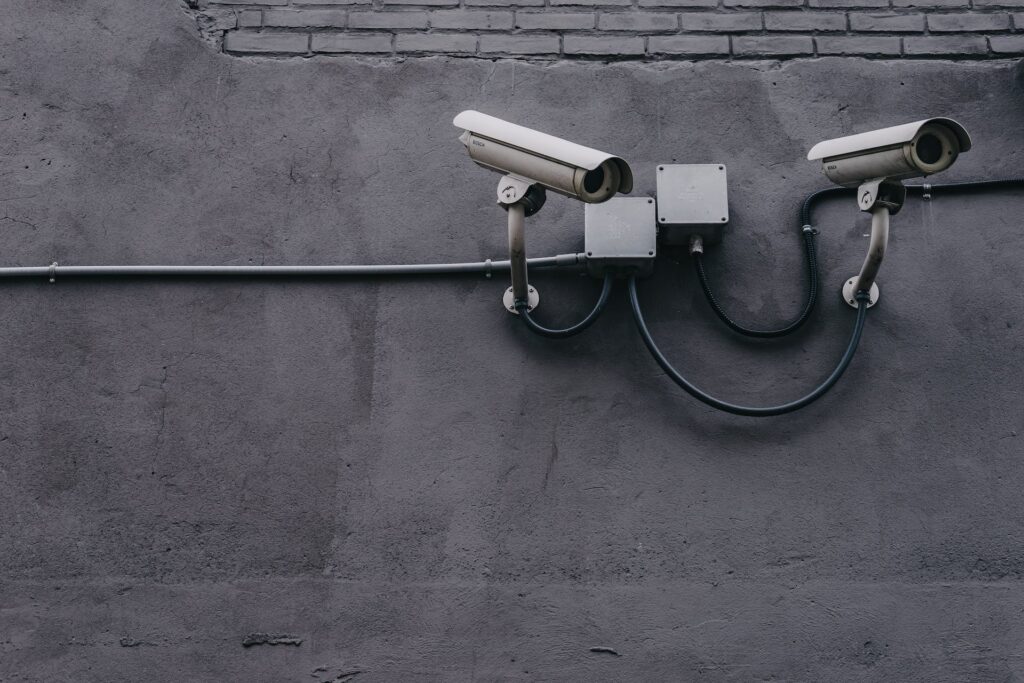A workplace investigation can have many types of evidence, and each of them can support its own purpose. It is important to gather a variety of evidence in a workplace investigation as that will help establish credibility and ensure all information provided is accurate. Please remember: Some types of evidence can be more reliable than others, which is something investigators need to think about when considering what types of evidence they need. Some types of evidence may be more reliable than others as well.
Types of evidence
Knowing the different types of evidence can help investigators find the information they are looking for. Here are the most common types of evidence:
- Direct evidence
- Indirect evidence
- Analogical evidence
- Anecdotal evidence
- Character evidence
- Digital evidence
- Hearsay evidence
- Documentary evidence
- Physical evidence
Direct evidence
Direct evidence is the strongest type of evidence as it can prove that something happened and link someone to an incident. Direct evidence can be CCTV footage, eyewitnesses or digital and physical evidence. For example, an individual makes a social media post targeting another employee. The account can be linked to that individual and can prove that they were the one making the post. For witness statements and customer complaints to be considered direct evidence, sometimes further proof is required. In some cases, workplace investigations may not have direct evidence at all.

Indirect evidence
Indirect evidence, also known as circumstantial evidence, is circumstantial events that could contribute towards proving a fact. In a case of power harassment, towards an individual, indirect evidence could be a manager having a history of assigning unfair tasks to other individuals within the company. It’s not considered as reliable as direct evidence but it is still strong if collected correctly.
Indirect evidence needs to be analysed carefully as it might put someone in a difficult position if misunderstood. For example, an employee appearing to have a motive to commit misconduct is not proving that they did commit misconduct.
Analogical evidence
Analogical evidence involves an individual comparing something that happened to another experience. An individual is trying to make an analogy to help the person they are speaking to understand what happened. They might also use analogical evidence when analysing the case as a whole. An example of analogical evidence could be “His management style is the same as the military”. This gives the investigator a good idea of what the victim experienced. It doesn’t prove whether something is true or not but it supports their argument.
A bad, exaggerated analogy can be bad for the interviewee as it may lead to them losing some of their credibility.

Anecdotal evidence
Anecdotal evidence involves individuals sharing their personal experiences or observations. This type of evidence can be weak as they may not directly relate to what happened. Rather, the investigator may call for other people to share their experiences with the accused to get a better overall understanding of what their actions can look like. For example, male co-workers may share positive experiences when working with the accused but female co-workers may express that they felt awkward and uncomfortable.
This allows the investigator to get a better understanding of workplace dynamics and how the accused and the victim have been acting towards others.
Character evidence
Character evidence and anecdotal evidence can be seen as similar types of evidence. However, character evidence focuses on the morals, beliefs, personality, behaviours and reputation of a person rather than someone’s personal experience. It’s also considered a weaker way of proving something as it will probably not relate to what happened in that specific case. Character evidence can assist the investigator in understanding whether what took place is within what the accused would do or if it’s out of character for them to act this way.
For example, employees may describe the accused as being respectful, kind, honest, understanding and easy to get along with while they are being accused of bullying and harassing someone. The ways employees described the accused don’t prove whether they are indeed a bully, they just describe what their personality is usually like, which makes it sound unlikely that they bullied someone, but that may not be accurate.

Digital evidence
Digital evidence refers to information and data that can be found in an electronic device and includes social media and internet browsing. Digital evidence includes:
- Emails
- Social media posts
- Text messages
- Metadata
- Video footage
- Images
- Internet histories
- Audio files
As workplaces may give the flexibility of working remotely, it is very important that investigators collect digital evidence since the incident may have taken place online. Workplace investigations also cover incidents between colleagues outside of work hours so it may be hard to prove when only looking at workplace correspondence.
This type of evidence can be found in hard drives, floppy disks, USB drives, mobile phones, laptops and more. Our customers store their digital evidence in our Polonious system as we provide them with a secure storage space that can only be accessed by those responsible for the evidence.
Hearsay evidence
Hearsay evidence is one of the least reliable types of evidence as it presents information that an individual heard from another source. For example, if a witness says that employee A told them “Employee B was trash-talking Employee C yesterday” and Employee B is the complainant, then the evidence is hearsay. A lot of the time, hearsay evidence is not considered as part of the investigation. However, investigators might use them as a way to uncover something that was brought up. They can then use the hearsay evidence to build up the questions without directly linking the evidence to the case.
Documentary evidence
Documentary evidence refers to written documents as well as recordings that can be provided in a case to provide context. For example, a film, contract, other types of written agreements, a will, a letter, a ledger etc. It is essential that the original document/file is presented to the investigator as copies may have been tampered with and edited to present a different picture.
Physical evidence
Physical evidence is tangible objects that can be used in an investigation to support an argument. Physical evidence can refer to a range of different types of evidence, They can include documentary evidence, indirect and direct evidence. This is because physical evidence could be physical documents, images, equipment, handwriting or anything else that can be touched.
In some cases, there may not be a lot of physical evidence, especially if dealing with a verbal abuse case or online bullying. However, other cases may only have physical evidence without any type of digital evidence. This is why it is advisable to always look to gather different types of evidence before coming to a conclusion.
Exculpatory evidence
Exculpatory evidence refers to all types of evidence that support the innocence of the accused. It could be a combination of the types of evidence mentioned above. Witness statements, phone records or video footage that support the argument of the accused are all considered exculpatory evidence. In some cases, obviously, exculpatory evidence may not exist, may be weak or hard to tell from the first glance. However, a variety of evidence can establish the credibility of exculpatory evidence.
Collecting the evidence
All the different types of evidence can be used to prove whether an incident happened and leave little to no doubt as to who was responsible. Some types of evidence, such as digital evidence, may be hard to collect since a lot of the information posted online can be deleted. Retrieving it can be hard and investigators will need certain software to view a deleted piece of evidence.
Physical evidence is another example of evidence that can be easily destroyed. If files are thrown away, burned or shredded, it is almost impossible to recover them. This is why copies of physical evidence need to be made and the original files have to be stored securely with limited access given.
How to make the most out of your evidence
All the different types of evidence can be beneficial in a workplace investigation. Investigators will need to analyse all of them together so they can be linked and tell the story of what exactly happened. An investigation that doesn’t have many types of evidence may be missing the context that is necessary to prove who is wrong or right. Once investigators collect all types of evidence, they will then need to store them securely even after the investigation is finished.
When it comes to digital evidence, our customers trust Polonious to store all their evidence securely until they don’t need it anymore. We also help them collect more evidence by providing them with a confidential place to conduct online interviews. We only give access to the right people and our system can be accessed by those involved anywhere and anytime. We are ISO 9001 and ISO 27001 certified, ensuring the confidentiality of the investigation evidence and those involved.
If you are looking to conduct a secure, efficient and faster investigation, reach out and book a demo! We would love to show you how our system works.
Let's Get Started
Interested in learning more about how Polonious can help?
Get a free consultation or demo with one of our experts
Eleftheria Papadopoulou
Eleftheria has completed a Bachelor's of Business with a major in Marketing at the University of Technology Sydney. As part of her undergraduate studies she also obtained a Diploma in Languages with a major in Japanese. Following her graduation she has been working as a Marketing Coordinator and Content and Social Media Specialist.
Eleftheria is currently finishing her Master in Digital Marketing.




